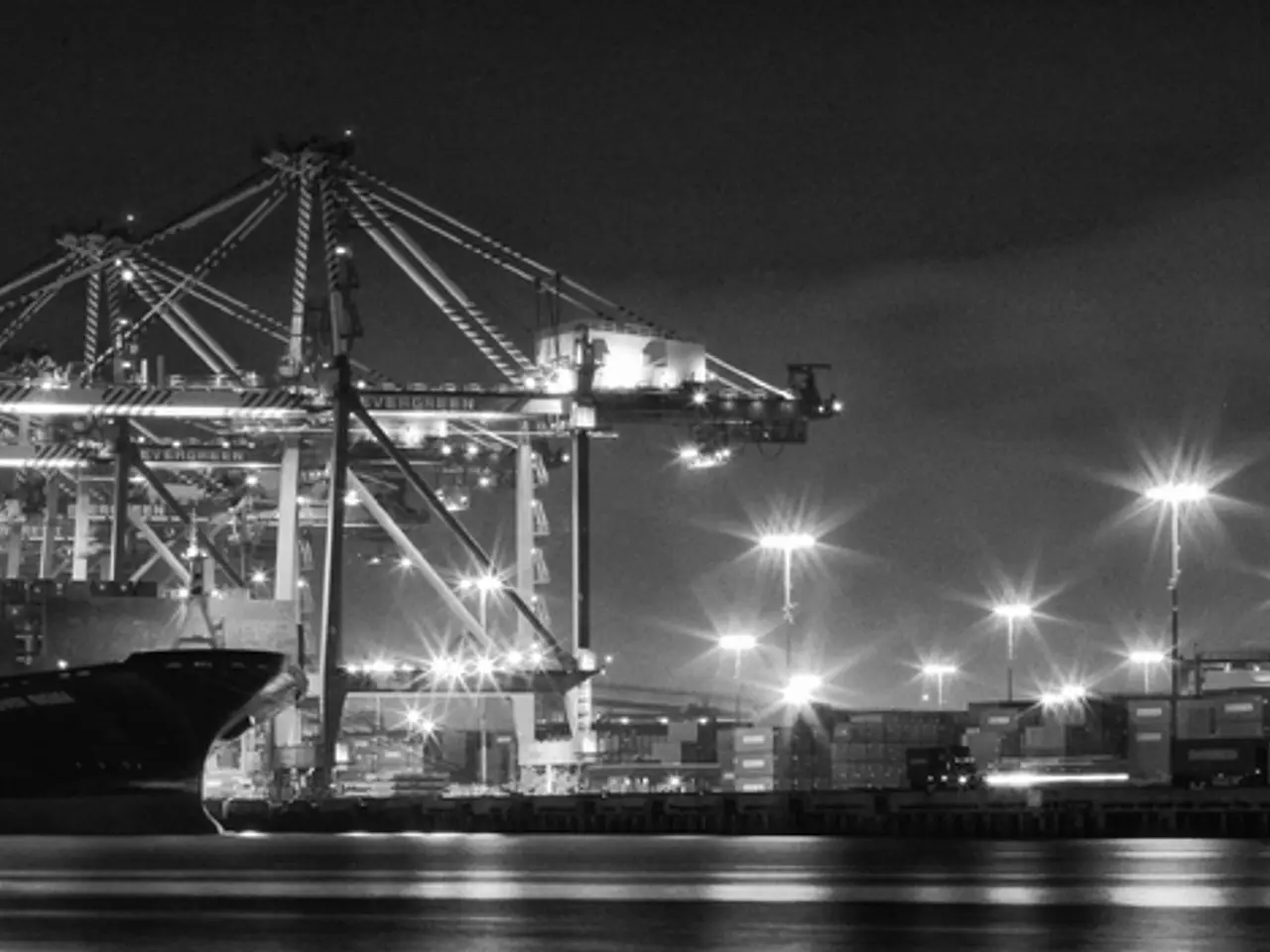Hapag-Lloyd gears up for a promising period of dividend distribution
Hapag-Lloyd, the German container shipping company, has seen its stock decline by around 7%, despite a significant increase in transported volumes and strong demand in Q2 2022 (and similarly in 2025). This decline can be attributed to several operational and profitability factors that have overshadowed top-line growth.
Earnings Miss and Margin Pressure
Although transport volumes increased, EBITDA and profits fell notably. For instance, Q2 2025 revenue grew 8% compared to Q2 2024, but EBITDA dropped by about 20% and group profit by 61%. This divergence indicates that increased volume did not translate into proportional earnings growth, likely due to rising costs.
Rising Operational Expenses
Terminal, transport, and personnel expenses have increased sharply. Terminal expenses nearly doubled (+93%) and personnel expenses grew by 27% in Q2 2025 vs Q2 2024. Higher depreciation and impairment costs also burdened earnings.
Operational Disruptions
Poor performance and increased costs related to operational issues such as port congestions, the impact of rerouting ships around the Red Sea (due to geopolitical risks), and the costs of adapting the network contributed to cost increases and reduced reliability.
Macroeconomic Uncertainty and Costly Green Investments
The shipping sector faces geopolitical risks, trade war uncertainties, and expensive decarbonization requirements. Hapag-Lloyd is investing heavily (~€1 billion in cost-cutting and green fleet upgrades) to offset margin pressures, but the benefits will take time and carry execution risks.
Earnings Guidance Cut and Cautious Outlook
Despite strong volumes, Hapag-Lloyd narrowed its full-year earnings forecast citing slowing demand and macroeconomic uncertainty.
In summary, while demand and volumes grew strongly, Hapag-Lloyd's stock fell because increased revenues were offset by disproportionate rises in costs, operational challenges, and cautious outlooks affecting profitability and investor sentiment.
Stock Advice for Hapag-Lloyd
The current stock advice for Hapag-Lloyd does not suggest investing in the company. DER AKTIONÄR advises against investing in the stock of Hapag-Lloyd, and investors are recommended to remain on the sidelines regarding Hapag-Lloyd's stock.
Hapag-Lloyd operates terminals where containers are transshipped and employs around 14,000 people in the shipping segment at locations in 140 countries. In the terminal and infrastructure segment, there are around 3,000 employees.
The drop in EBIT was due to increased costs, which were primarily due to disruptions in ports, reroutings, and additional costs from the "Gemini" shipping alliance. Hapag-Lloyd transported approximately 3.4 million standard containers from April to June, representing a 12.4% increase. However, the decline in freight rates was a significant factor in the decrease in revenues.
Previously, the company had expected to break even at the end of the year, but also considered €1.5 billion at the upper end. However, the company slightly narrowed its forecast for the business year, expecting EBIT to be between €0.2 billion and €1.1 billion. Despite the increase in transported volumes, revenues rose by only 2% to €4.6 billion.
It is uncertain when there will be a sustainable improvement for Hapag-Lloyd. The company continues to face challenging conditions. The stock market performance of Hapag-Lloyd is currently unfavorable, and the stock recommendation for Hapag-Lloyd suggests avoiding investment for the time being.
The decline in Hapag-Lloyd's stock, despite increased transported volumes in Q2 2022 and 2025, can be attributed to a drop in EBITDA and profits, rising operational expenses, and a cautious outlook on earnings.
Despite strong demand and volumes, the company's stock performance has been poor, as increased revenues were offset by disproportionate rises in costs, operational challenges, and a guarded outlook affecting profitability and investor sentiment.




